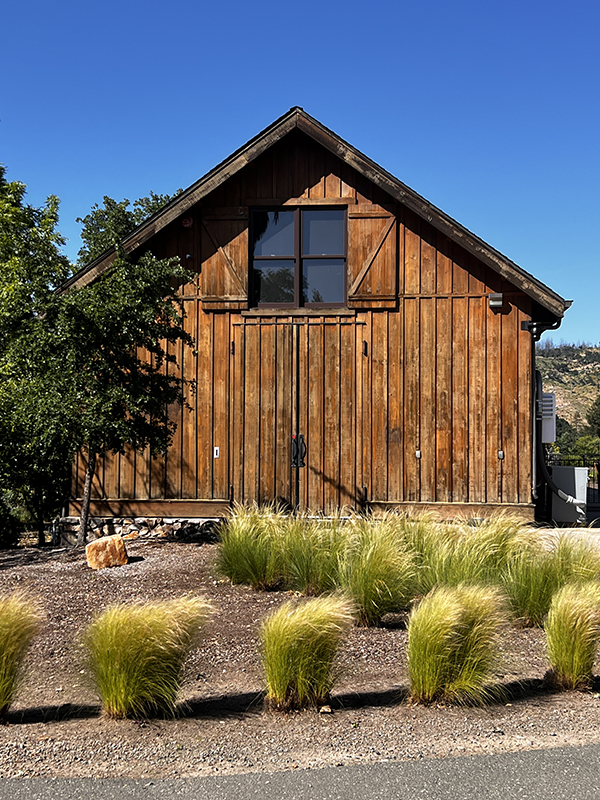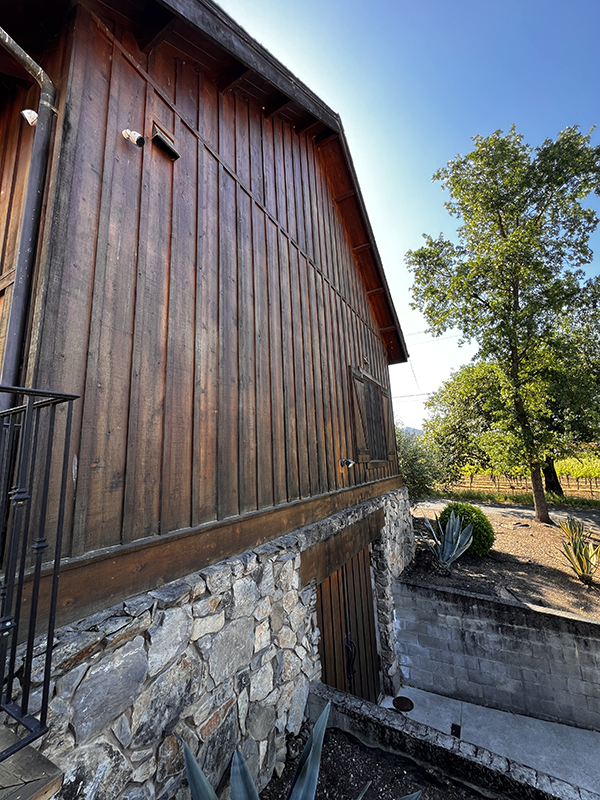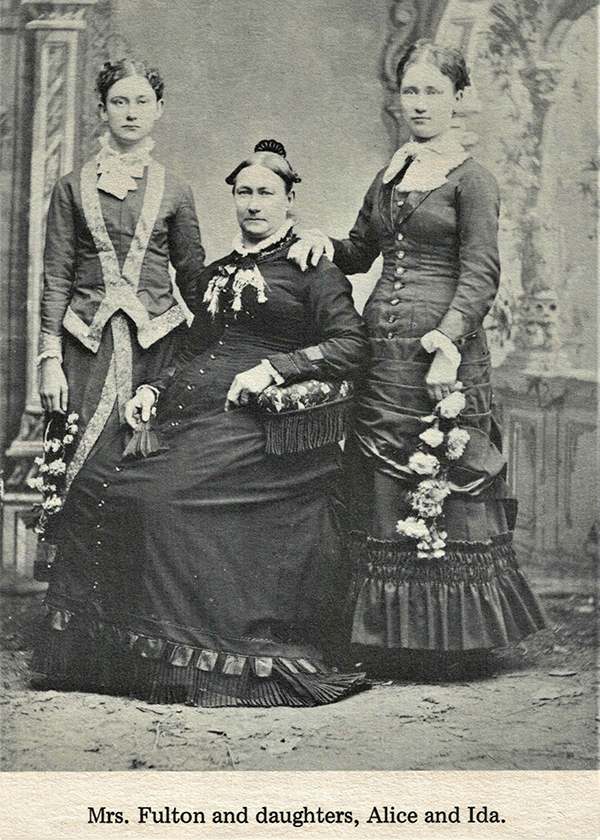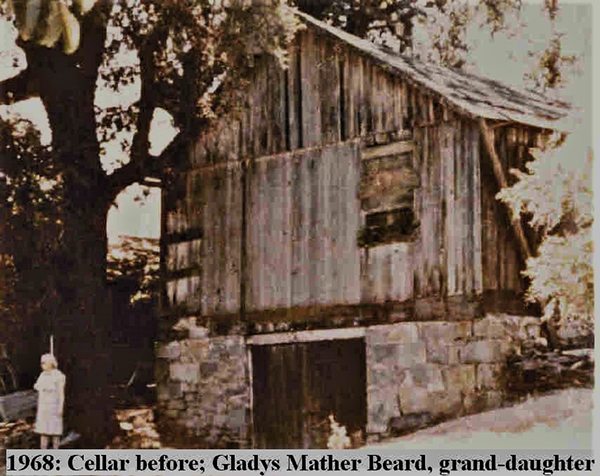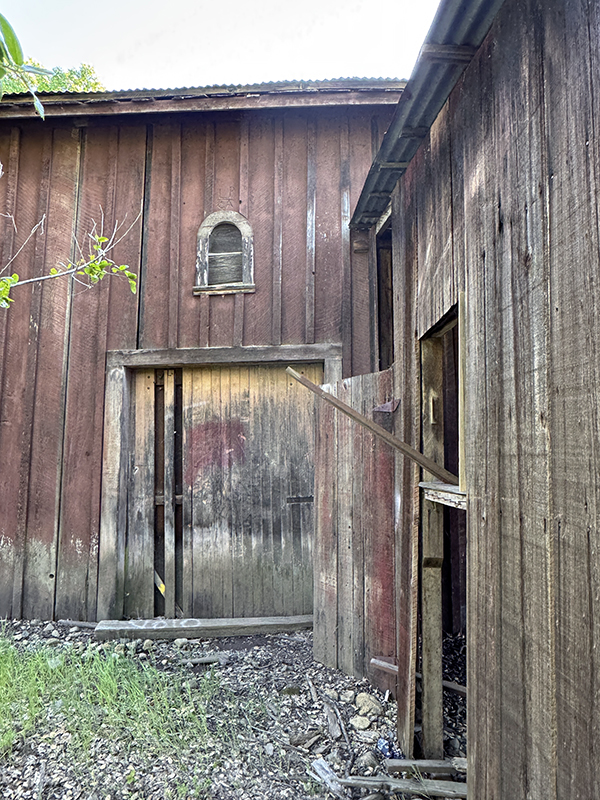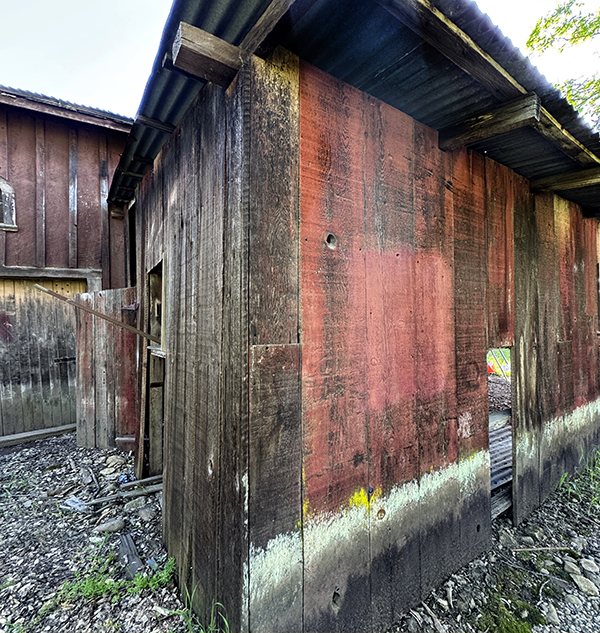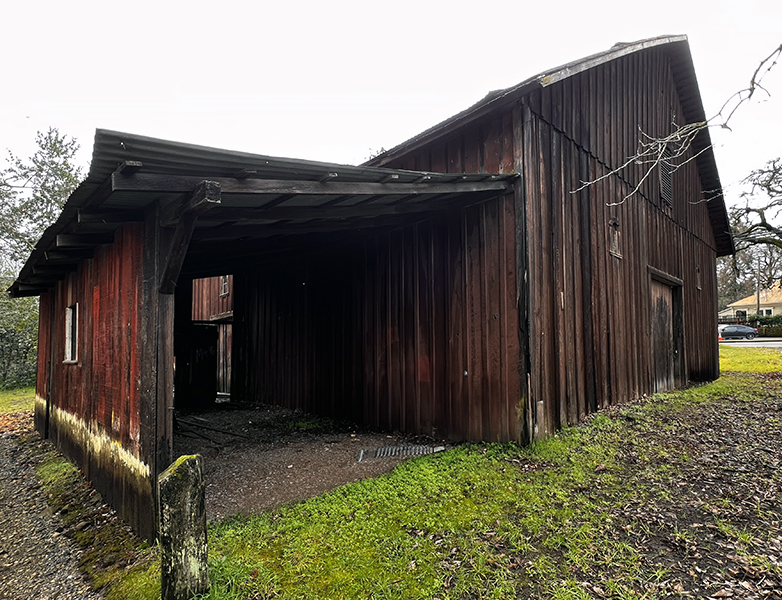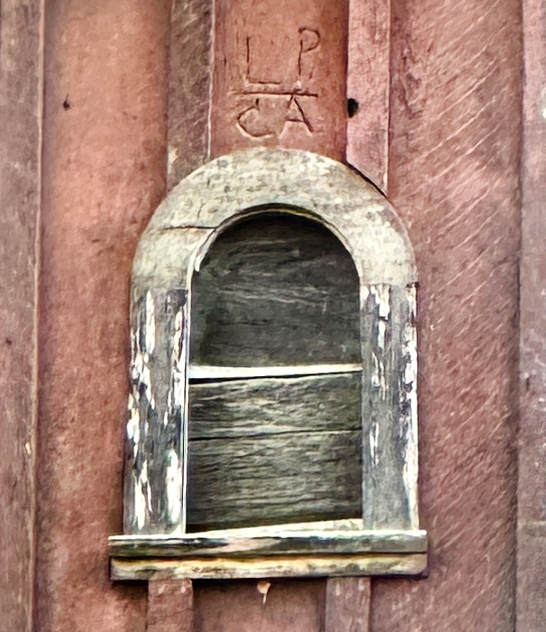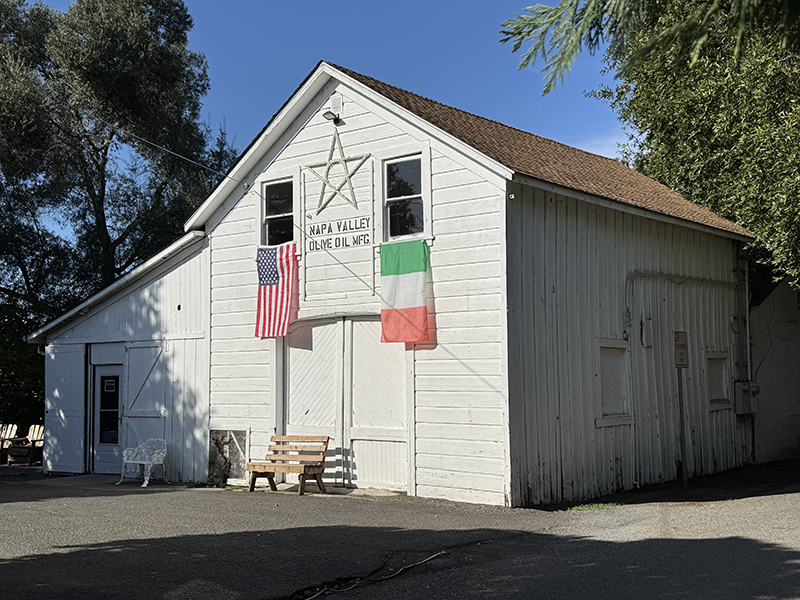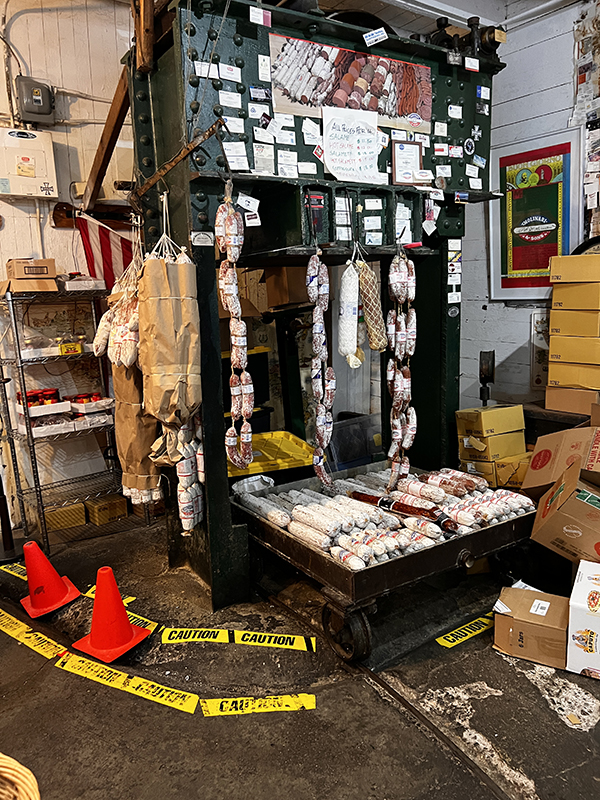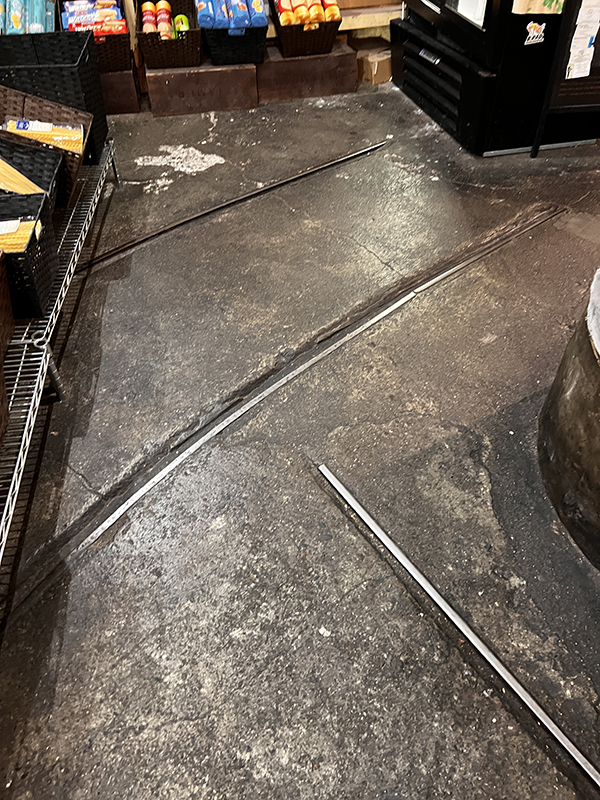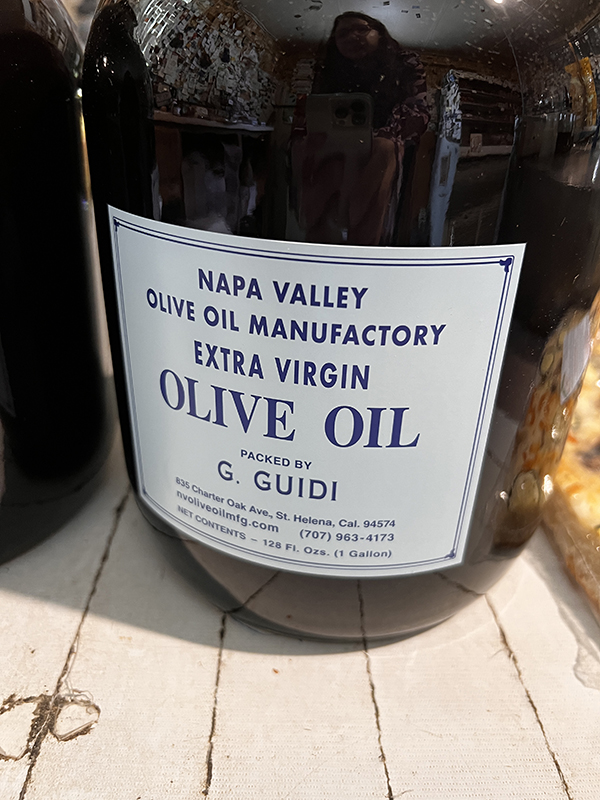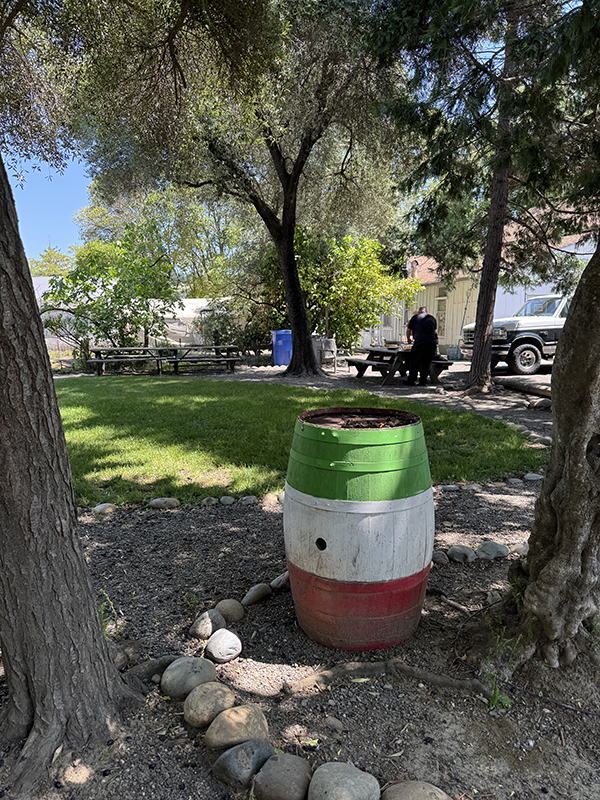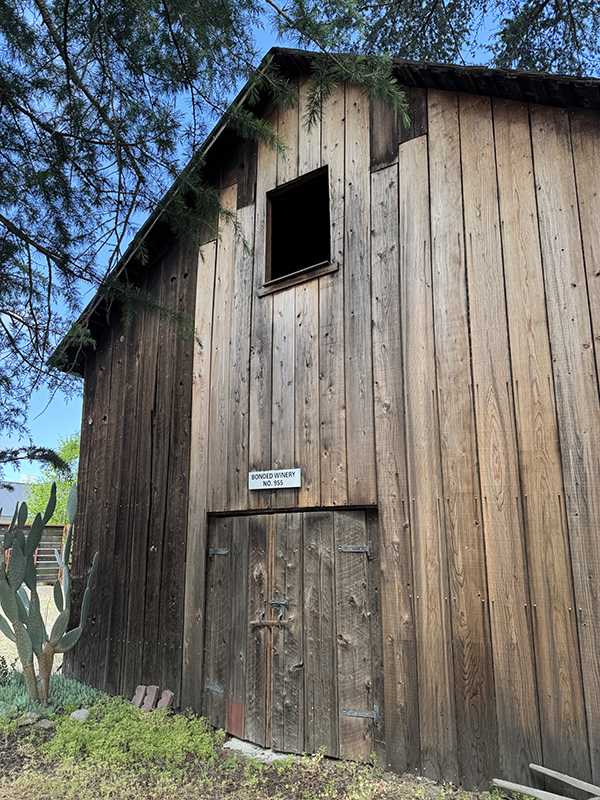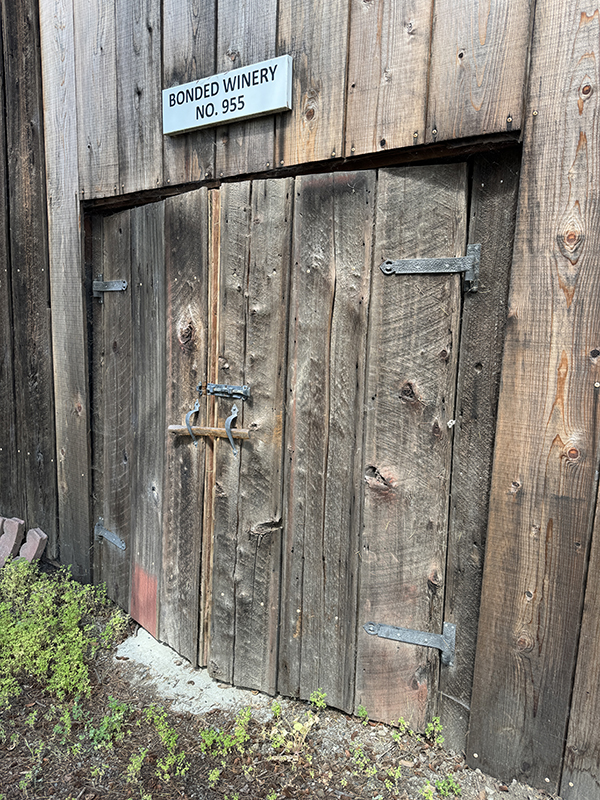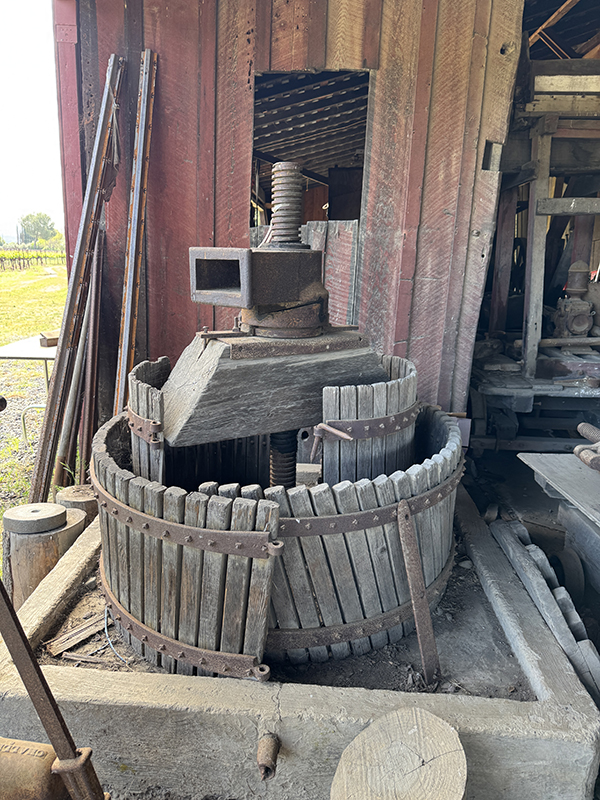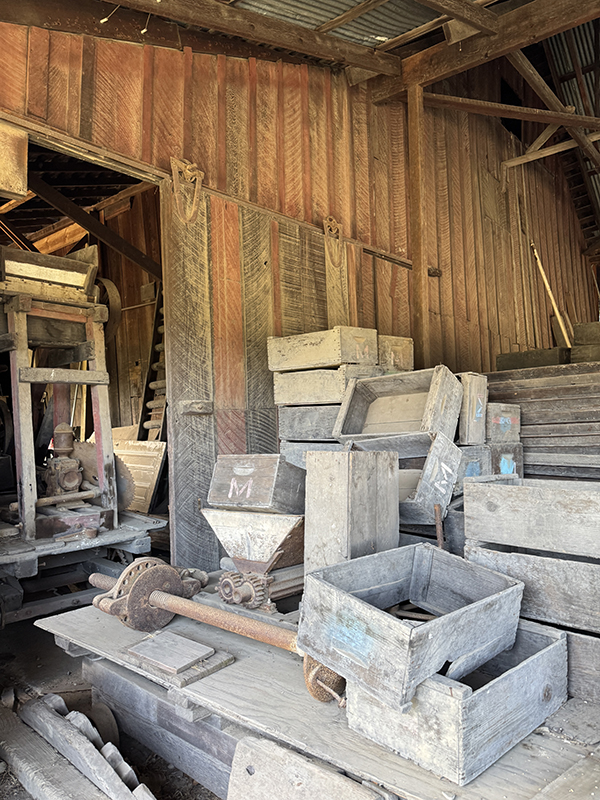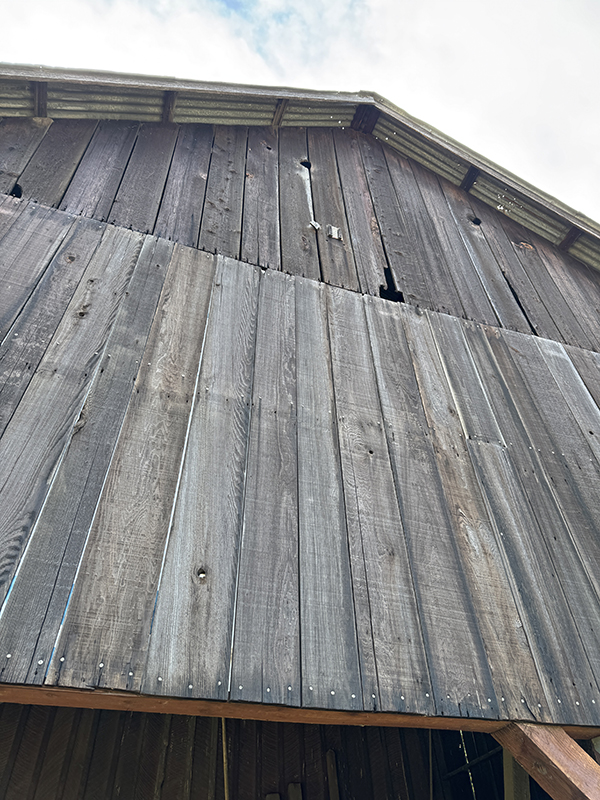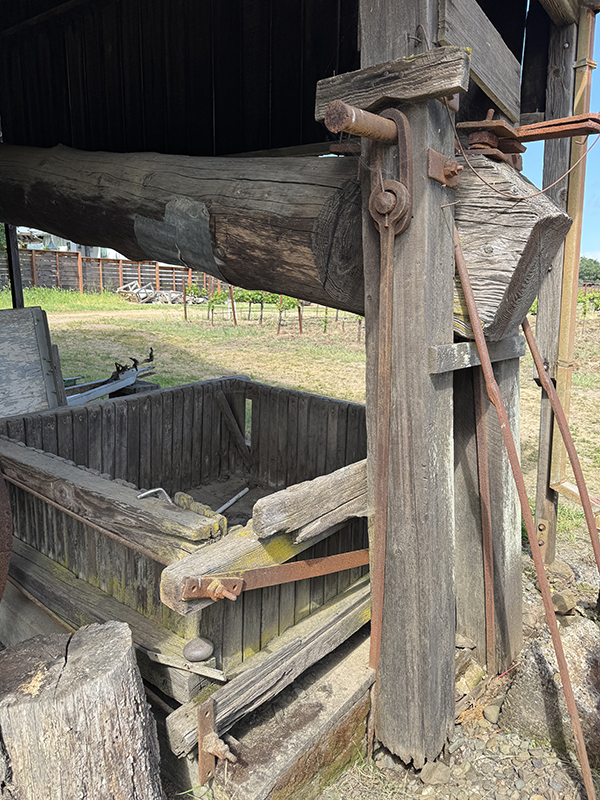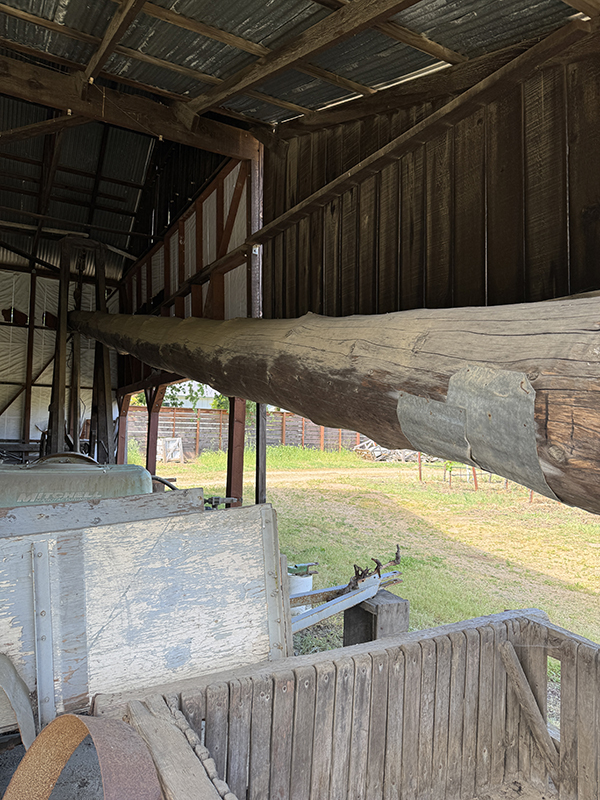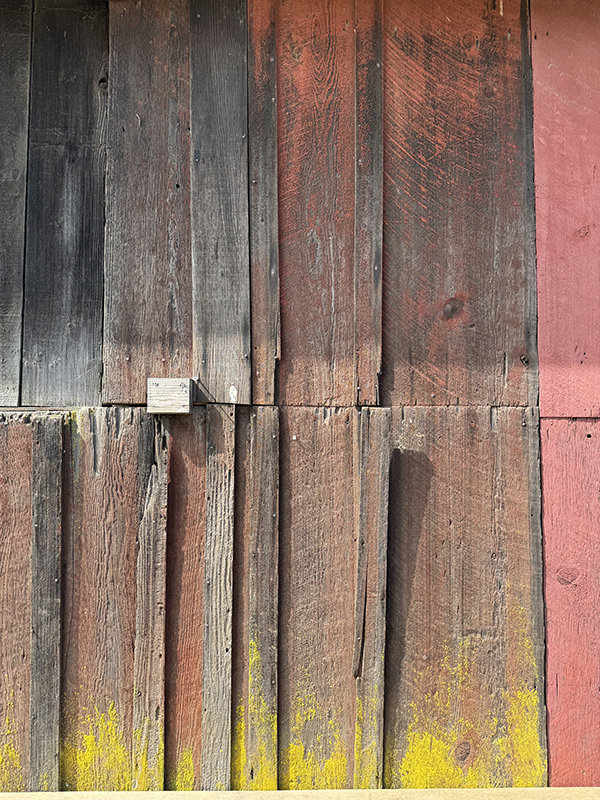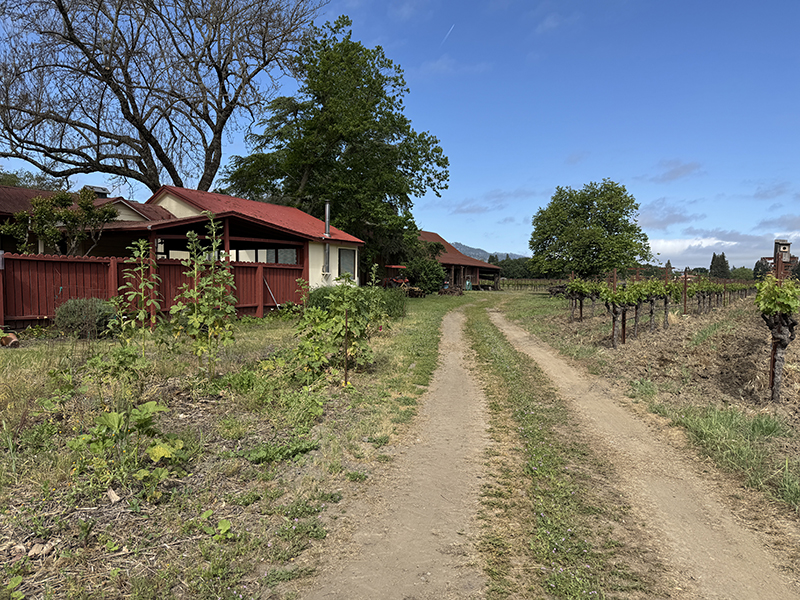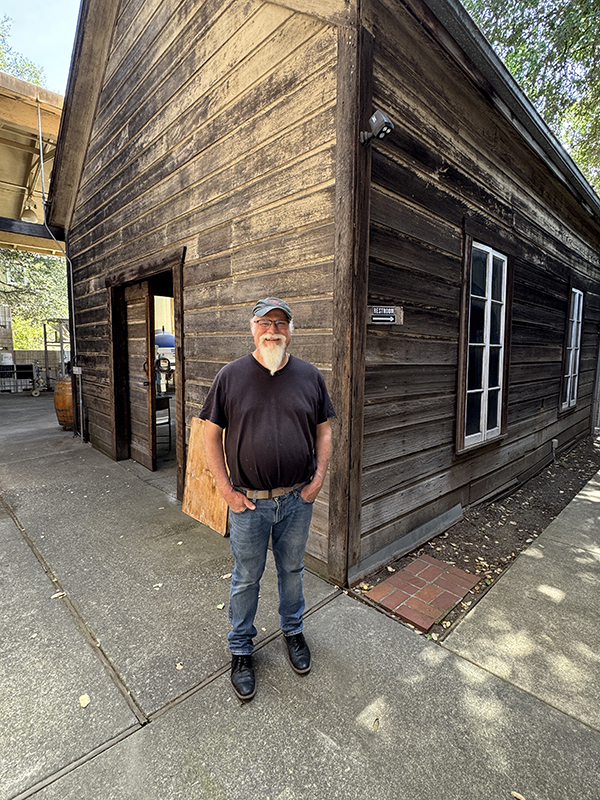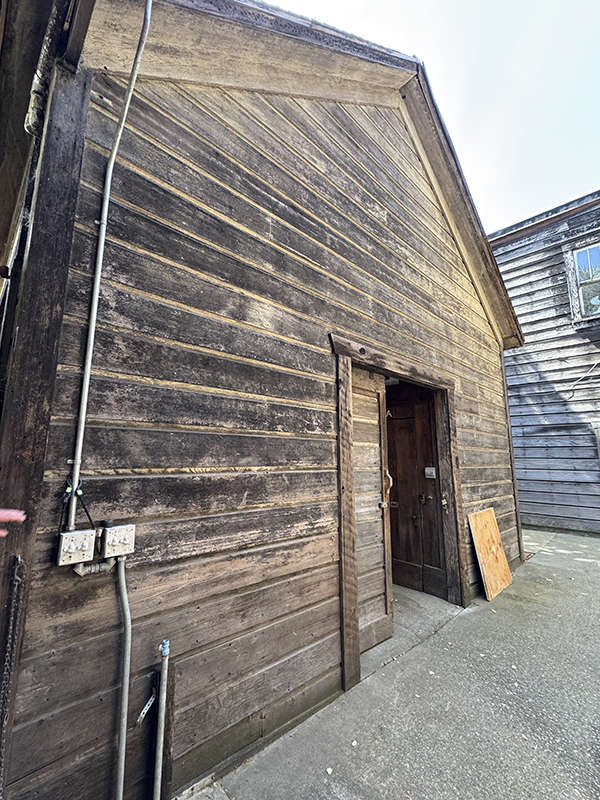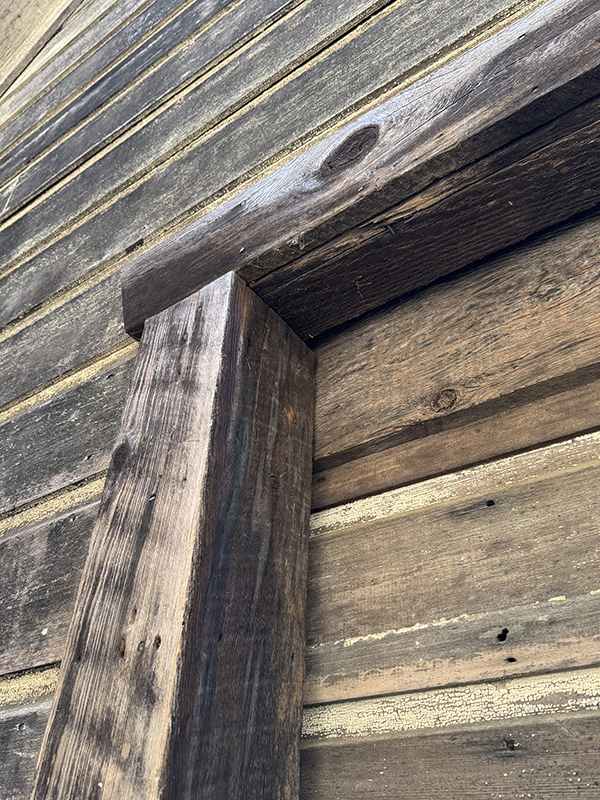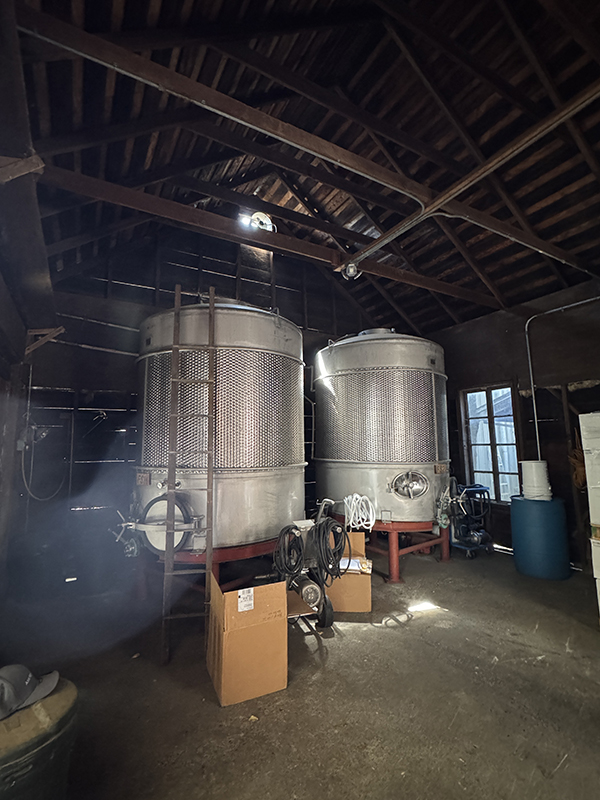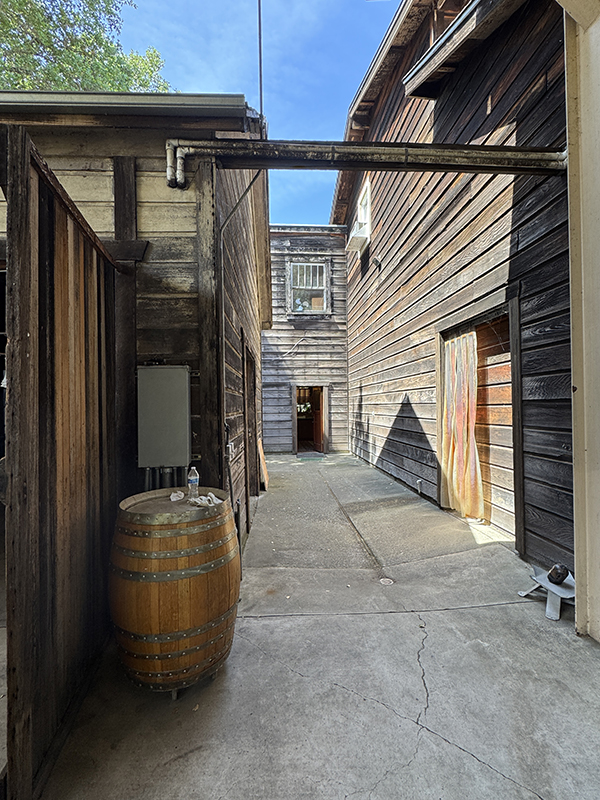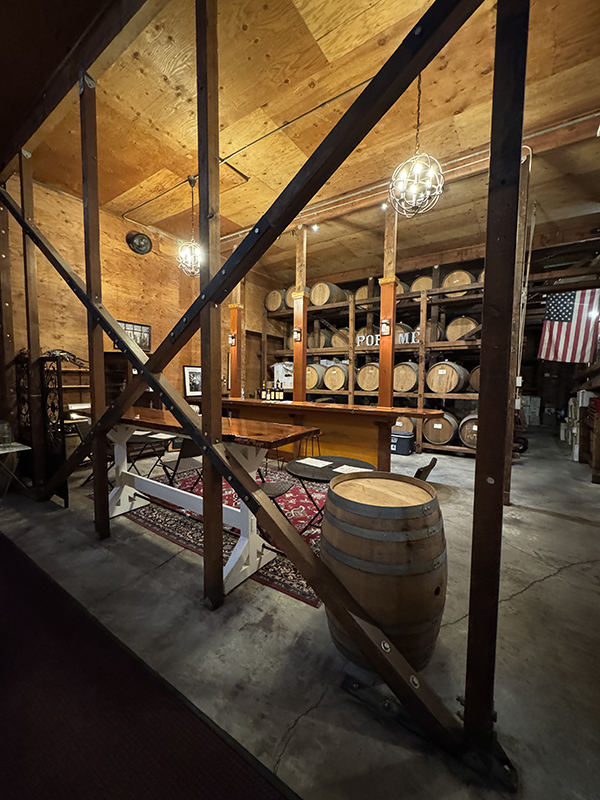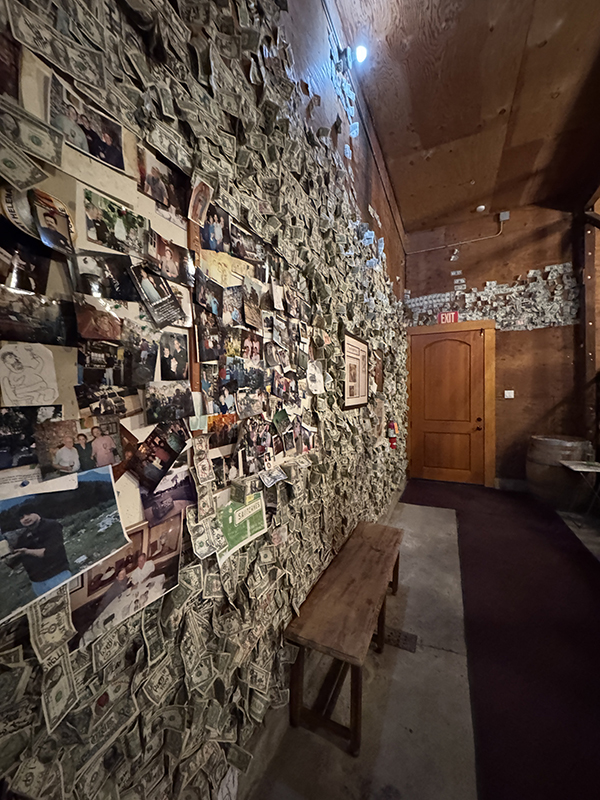St. Helena Barn Tour - Self Guided Driving
Fortunate Son Winery at the historic David Fulton Family Vineyard: 825 Fulton Lane
- Built: Barn rebuilt 1974 on the original footprint of the 1860s building
- Note: Private property
The story of the David Fulton Winery begins in 1852, when Vermont-born David Fulton arrived in California seeking opportunity. By the early 1860s, Fulton had settled in St. Helena, building a life and a legacy from the ground up. He purchased nearly 40 acres of land and, with the help of a stonemason, established what would become one of the earliest bonded wineries in Napa Valley. In 1865, he received a license to distill brandy—a signal that the vineyard was flourishing.
Fulton was more than a vintner. He patented the Fulton Improved Plow, helped found a regional grape growers association, and participated in shaping early California viticulture. But his life was cut short in 1871, at age 46, leaving behind a complex estate, a young family, and a thriving vineyard.
After his death, the winery was leased to several prominent winemakers, and the vineyard remained active for generations. Though the original winery building was lost in a 1974 storm, the land remained in the Fulton-Mather family for over 150 years—an unbroken line of stewards carrying on the tradition.
The Next Chapter: Fortunate Son is the newest wine project from critically acclaimed winemaker Jayson Woodbridge of Hundred Acre fame, who now owns and operates the Fulton family vineyard and winery. The wines are sourced from heritage micro-block sites that showcase the quality of the vineyards that are the bedrock of the early history of the Napa Valley.
Jacob Meily Barn, 921 Pope Street (Adjacent to Meily Park at the corner of Pope St. and Chiles Ave.)
- Built: ca. 1885
- Note: Public Property. Parking available at Jacob Meily Park (then walk across the pedestrian bridge over the stream) or on the street near the barn (corner of Pope Street and Chiles Ave). Restrooms are available at the park.
The Meily Barn tells a story of migration, resilience, and transformation in the heart of Napa Valley. Swiss-born Jacob Meily arrived in St. Helena in the early 1880s with his wife Margaret, a Prussian immigrant, seeking opportunity in California’s growing wine region. In 1883, the Meilys purchased 22 acres on Pope Street and planted a vineyard. By 1885, a large winery measuring 42 by 60 feet was built on the site, and that year alone, they produced 20,000 gallons of wine.
The Meilys became active in St. Helena’s civic and social life, with Jacob working for the town and the family hosting gatherings and celebrations. After selling the vineyard to a Nevada buyer in 1909, the Meilys remained nearby and continued to remodel and maintain homes in the area. Their property changed hands several times before being purchased in 1918 by Giuseppe and Carolina Signorelli, Italian immigrants who farmed the land until the next generation inherited it in 1941.
The Signorelli family maintained the vineyard for decades until selling to a developer in 1990. Threatened with demolition, the historic Meily house was moved across Sulphur Creek in 1996 to save it. In 1997, the barn and remaining land were donated to the City of St. Helena, eventually becoming part of Jacob Meily Park. In recent years, the barn has drawn interest as a candidate for adaptive reuse, reminding us that even aging structures can be reimagined to serve their communities once more.
Napa Valley Olive Oil Co: 835 Charter Oak Ave.
- Built: Date unknown
- Note: Parking available on site or on adjacent streets.
- This is the place to shop and take a break in their picnic area under the olive trees!
Tucked down a quiet street in St. Helena, the Napa Valley Olive Oil Manufacturing Company is both a living landmark and a beloved family business. Housed in a historic barn along Charter Oak Avenue, the company has operated since 1931, offering locally produced olive oil using traditional Italian techniques unchanged for nearly a century.
The barn’s early story begins in the 19th century, when landowner J.I. Logan laid out Logan Street (now Charter Oak), planting eucalyptus trees and establishing the area as a residential hub. Through a series of ownership transfers—including the Mixon and Martinelli families—the barn eventually came into the hands of John Martinelli, whose heirs sold the property in 1941 to Guglielmo Guidi. Guidi installed two olive presses and registered the Napa Valley Olive Oil Company in 1942, just as World War II rationing was tightening supplies nationwide.
Over the years, the barn became a fixture in the community—not just for its award-winning olive oil, but for the Italian deli goods lining the shelves: salami, cheeses, breads, and imported pasta. Generations of locals and visitors alike have made this their go-to stop for authentic ingredients and affordable, high-quality oils sold by the jug.
Today, the business continues under the ownership of the Particelli/Lucchessi family, preserving the same rustic charm and old-world flavor. A stop here is more than a culinary treat—it’s a taste of continuity in a fast-changing Napa Valley.
Molinari Farm: Mills Lane
- Built: 1892
- Notes: Private Property
The Molinari Estate is a living testament to five generations of Swiss-Italian heritage rooted in St. Helena’s agricultural heart. David Molinari, born in 1849 in the mountain village of Gerra Verzasca, Switzerland, arrived in the U.S. in 1866 and eventually settled in Napa County in 1872. After years of vineyard work—including a long tenure as foreman at the W.W. Lyman Ranch—he married fellow Ticinese immigrant Giuseppina Cavalli in 1892, after the death of her first husband. Together, they established the Molinari homestead on Mills Lane.
The family weathered Prohibition by diversifying into walnuts, prunes, and grapes. Peter Molinari, David’s son, was a co-founder and president of the Silverado Cooperative Prune Dryer. He and his wife Ruby Heitz raised their family on the farm, keeping its traditions alive. Their son, Peter E., became valedictorian of St. Helena High School, earned degrees in engineering and agriculture, and returned to help preserve the land.
The historic property still features original stone foundations and a pre-Prohibition winery—Bonded Winery No. 955—with early winemaking equipment including a Roman beam press made from a Howell Mountain log. The barn holds layers of history: a dusty buckboard, a Model A Ford, and century-old presses. Additions to the house and outbuildings show how the estate evolved while retaining its rustic, authentic charm. Today, members of the Molinari family still live and work on the property, preserving not just a place, but a legacy.
Prager Winery & Port Works, 1281 Lewelling Lane
- Built: ca. 1865, originally a carriage house
- Note: Parking and restrooms are available.
Prager Winery & Port Works is a rare gem in Napa Valley—a small, family-run operation dedicated entirely to port-style and dessert wines. The story begins with Jim and Imogene Prager, who left behind a life in Southern California to chase a dream born on a 1974 vacation to Napa. Captivated by the valley’s beauty and potential, Jim envisioned making world-class port here. In 1979, the couple relocated with their seven children and founded the winery on Lewelling Lane, just south of St. Helena.
Their first production took place in the property’s 1865 carriage house, once part of the historic John Thomann Winery and Distillery. That first crush yielded only 120 cases—including a Chardonnay, a Cabernet, and their flagship Noble Companion Port. As their reputation for richly crafted ports grew, so did their production, eventually reaching nearly 4,000 cases annually.
The Prager family has continued to run the winery without outside staff—a rarity in the valley. Jim passed away in 2017, but the legacy lives on through his children and sons-in-law, who manage everything from winemaking to tasting room visits. Many wines, like Aria and Alyssa (white ports), are named after grandchildren, tying family history directly into the product.
Prager’s tasting room is known for its intimate, unpretentious charm. Guests are welcomed into a true family operation—where dollar bills signed by visitors paper the walls, stories are poured alongside port, and tradition is as rich as the wines themselves.

